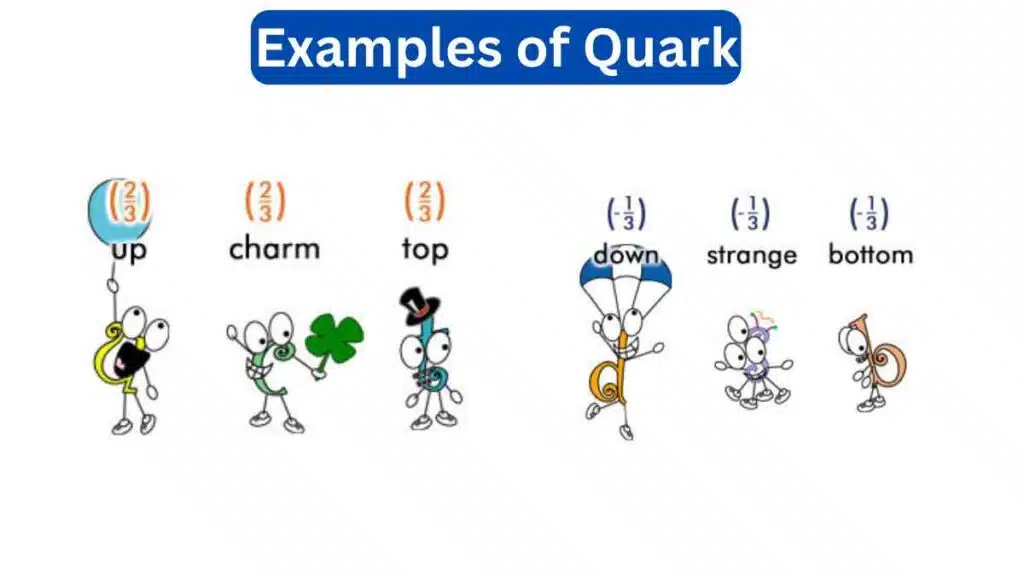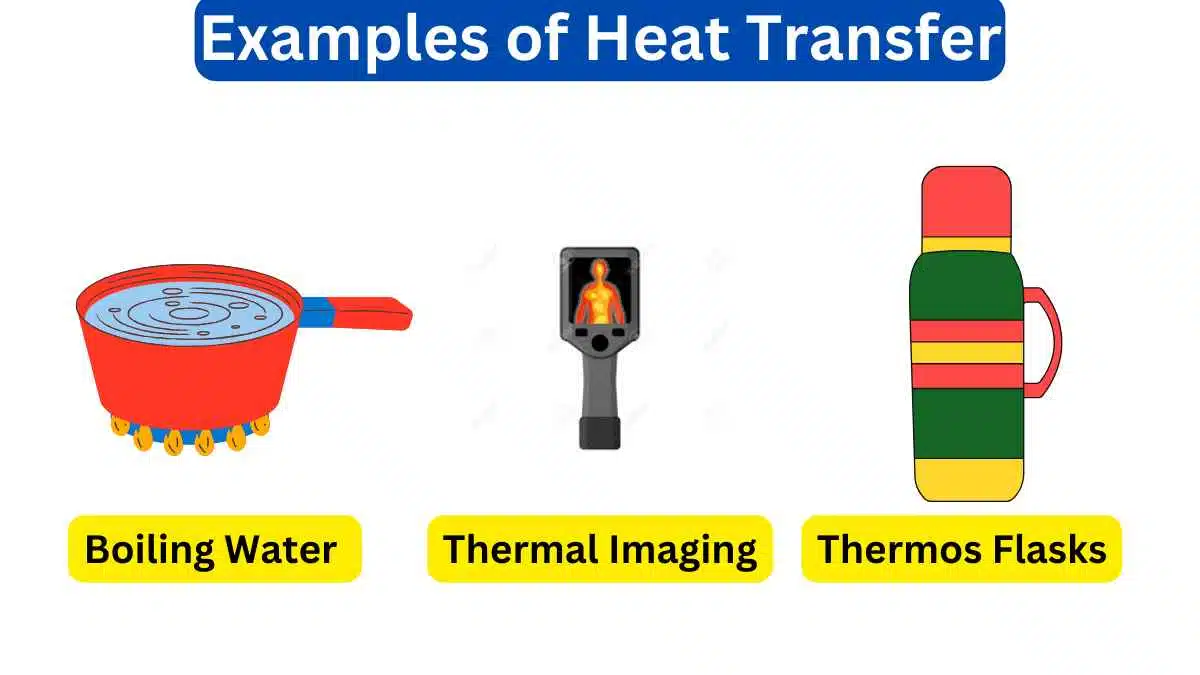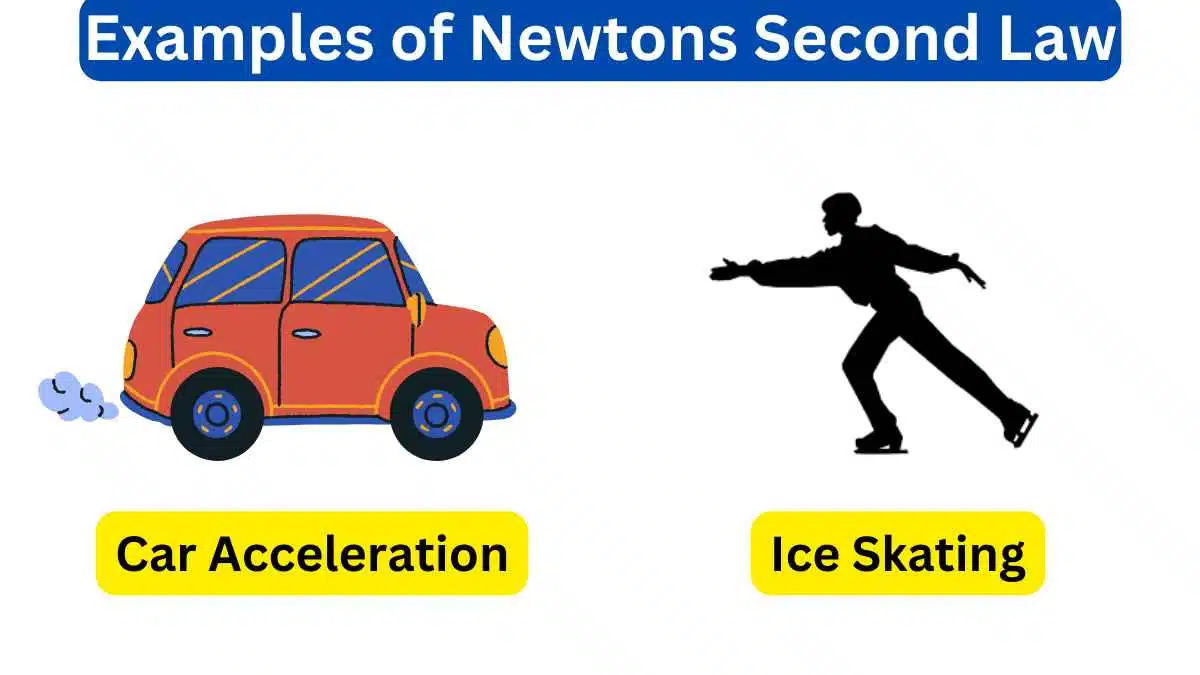10 Examples of Quark
Quarks are fundamental particles that are the building blocks of protons and neutrons which in turn make up the atomic nucleus. Quarks come in six different types or flavors. They are never found alone in isolation they exist in combinations called hadrons.
Examples of Quark
Here are ten examples related to quarks.

1. Up Quark (u)
The up quark is one of the two lightest quarks and carries a positive electric charge of +2/3. It is a constituent of protons and neutrons.
2. Down Quark (d)
The down quark is the other light quark and carries a negative electric charge of -1/3. It is also a constituent of protons and neutrons.
3. Charm Quark (c)
The charm quark is a heavier quark with an electric charge of +2/3. It was discovered in experiments at particle accelerators and is involved in the formation of charmed hadrons.
4. Strange Quark (s)
The strange quark is another heavier quark with an electric charge of -1/3. It is found in strange hadrons and plays a role in particle interactions.
5. Top Quark (t)
The top quark is one of the heaviest known quarks and carries a positive electric charge of +2/3. Its high mass makes it very short-lived, and it was discovered in 1995.
6. Bottom Quark (b)
The bottom quark is another heavy quark with an electric charge of -1/3. It plays a crucial role in the formation of bottom or beauty hadrons.
7. Hadrons
Quarks combine to form composite particles called hadrons. Examples of hadrons include protons and neutrons, which consist of combinations of up and down quarks.
8. Color Charge
Quarks carry a property known as “color charge,” which is analogous to the electric charge but is associated with a strong force (quantum chromodynamics). Quarks come in three color charges: red, green, and blue.
9. Confinement
Quarks are never observed in isolation due to a phenomenon called quark confinement. The strong force binds quarks together to form color-neutral hadrons.
10. Quark-gluon Plasma
Under extreme conditions of temperature and energy density, such as those in the early universe just moments after the Big Bang, it is believed that quarks and gluons existed in a deconfined state known as quark-gluon plasma. Experiments at particle colliders aim to recreate these conditions to study this exotic state of matter.







Leave a Reply